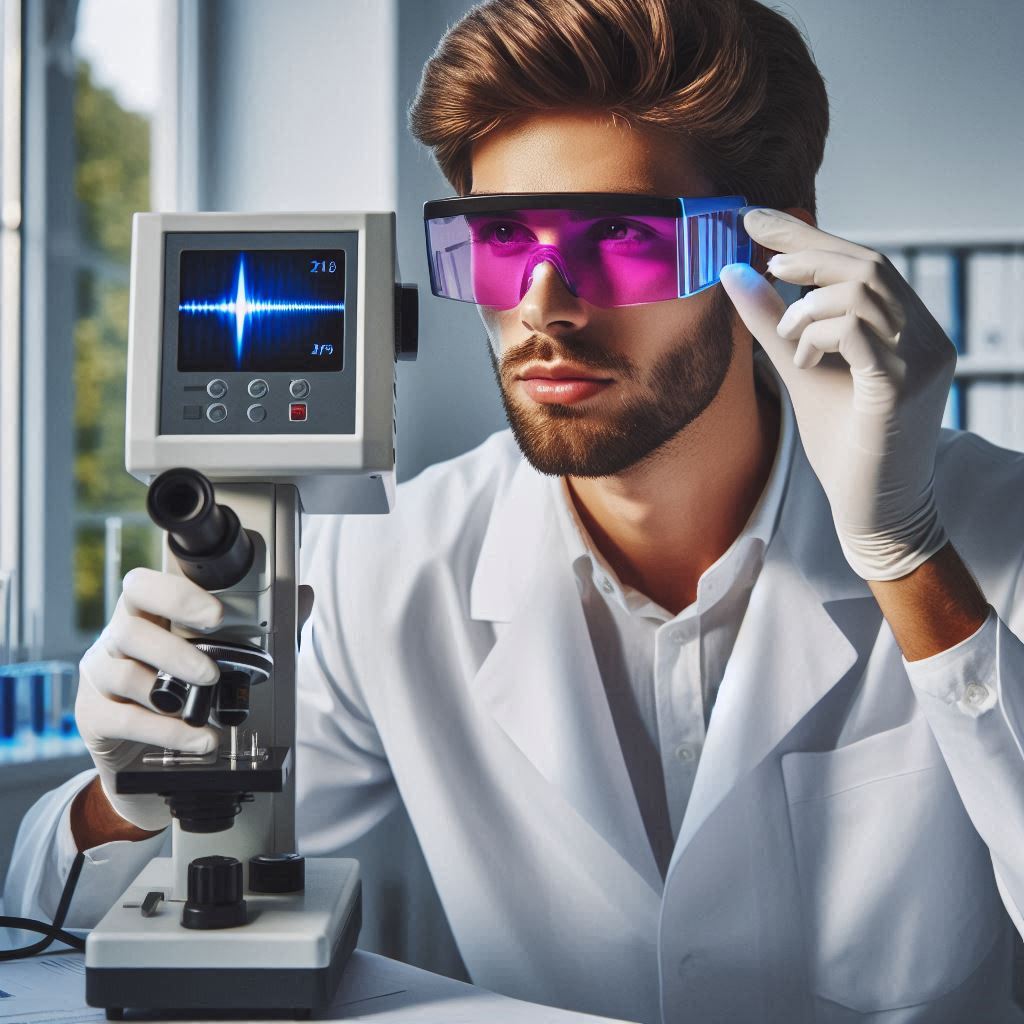Infrared (IR) spectroscopy has long been a cornerstone of analytical chemistry, providing essential insights into molecular structures and interactions. As technology continues to advance, the IR spectroscopy industry is poised for transformative changes that promise to enhance its applications across various fields, including pharmaceuticals, environmental monitoring, and materials science. This article explores the future of the IR spectroscopy industry, highlighting emerging technologies, market trends, and anticipated challenges.
The global IR spectroscopy industry was valued at USD 1.2 billion in 2024 and is projected to reach USD 1.6 billion by 2029; it is expected to register a CAGR of 6.5% during the forecast period The rise in demand for IR spectroscopy systems is attributed to the growth in the number of healthcare institutions and clinical research centers, increase in R&D investments in healthcare and pharmaceuticals industry, and continuous technological advancements in IR spectroscopy.
Technological Advancements in Infrared (IR) Spectroscopy Industry
Fourier Transform Infrared (FTIR) Spectroscopy: FTIR remains a dominant technique in IR spectroscopy due to its speed and efficiency. Future developments are likely to focus on miniaturization and integration with advanced software for real-time data analysis. Innovations such as portable FTIR devices will enable on-site testing in fields like agriculture and environmental science, enhancing accessibility and application.
Dispersive IR Spectroscopy: While FTIR has gained popularity, dispersive IR spectroscopy continues to evolve. Advances in optical components and detector technologies promise increased sensitivity and resolution, making this technique valuable for applications that require precise measurements. Enhanced spectral libraries and improved calibration methods will also contribute to its accuracy and reliability.
Near-Infrared (NIR) Spectroscopy: The demand for NIR spectroscopy is growing, particularly in industries like food and beverage, where it is used for quality control and composition analysis. The future will likely see enhanced algorithms for data interpretation, allowing for more complex analyses without the need for extensive sample preparation.
Mid-Infrared (MIR) Spectroscopy: MIR spectroscopy is expanding its footprint in areas such as chemical analysis and material characterization. The development of novel light sources, such as quantum cascade lasers, will improve the sensitivity and selectivity of MIR applications, paving the way for breakthroughs in various research fields.
Download PDF Brochure @
https://www.marketsandmarkets.com/pdfdownloadNew.asp?id=42486905

Infrared (IR) Spectroscopy Industry Trends
Increasing Demand for Automation: As laboratories strive for efficiency, there is a growing trend towards automating IR spectroscopy processes. Robotic systems and AI-driven software will streamline sample handling and data analysis, reducing human error and increasing throughput.
Integration with Other Techniques: The future of IR spectroscopy will see greater integration with other analytical methods, such as mass spectrometry (MS) and gas chromatography (GC). This multi-faceted approach will provide comprehensive insights into complex samples, enhancing the robustness of analyses.
Growing Focus on Sustainability: With increasing global emphasis on sustainability, the IR spectroscopy industry is likely to see innovations that reduce waste and energy consumption. Portable and energy-efficient spectrometers will cater to the growing demand for environmentally friendly analytical solutions.
Emergence of Advanced Data Analysis Tools: The future will witness the rise of sophisticated data analysis tools powered by machine learning and artificial intelligence. These tools will enable researchers to extract meaningful insights from complex datasets, leading to quicker decision-making and enhanced research outcomes.
Challenges Ahead in Infrared (IR) Spectroscopy Industry
Despite the promising future of the IR spectroscopy industry, several challenges remain.
Cost and Accessibility: High-quality IR spectrometers can be expensive, potentially limiting access for smaller laboratories and organizations in developing regions. Efforts to produce more affordable, yet reliable, instruments will be crucial for widespread adoption.
Training and Expertise: As technology evolves, there will be a growing need for trained professionals who can effectively operate and interpret results from advanced spectroscopic instruments. Educational programs and training workshops will be essential to equip the next generation of scientists with the necessary skills.
Market Competition: The future of IR spectroscopy industry faces increasing competition from alternative analytical techniques. To maintain its relevance, continuous innovation and demonstration of unique advantages over competing methods will be vital.
The future of the IR spectroscopy industry is bright, driven by technological advancements, evolving market demands, and an emphasis on sustainability. As new instruments and methods emerge, IR spectroscopy will continue to play a crucial role in scientific research and industrial applications. By embracing innovation and addressing existing challenges, the industry can further enhance its impact across diverse fields, ultimately contributing to a deeper understanding of the molecular world around us.
Major IR Spectroscopy companies include:
- Shimadzu Corporation (Japan)
- ZEISS (Germany)
- PerkinElmer Inc. (US)
- Agilent Technologies, Inc. (US)
- Bruker Corporation (US)
- Shimadzu Corporation (Japan);
- ZEISS (Germany);
- PerkinElmer Inc. (US);
- Agilent Technologies, Inc. (US);
- Bruker Corporation (US);
- ABB (Switzerland);
- Thermo Fisher Scientific Inc. (US);
- Horiba, Ltd. (Japan);
- Sartorius AG (Germany);
- Hitachi High-Tech Corporation (Japan);
- Oxford Instruments (England);
- Jasco (Japan),
- Teledyne Princeton Instruments (US);
- Foss (Denmark);
- Lumex Instruments (Canada);
- Spectra Analysis Instruments, Inc. (US);
- Galaxy Scientific (US);
- Microptik (Netherlands);
- Isben Photonics (Denmark);
- Bayspec (US);
- Metrohm AG (US);
- Bristol Instruments (US);
- Cole-Parmer Instrument Company, LLC (US);
- Sciex (US);
- Brainbox Ltd. (UK) are some of the key players in the IR spectroscopy market.
